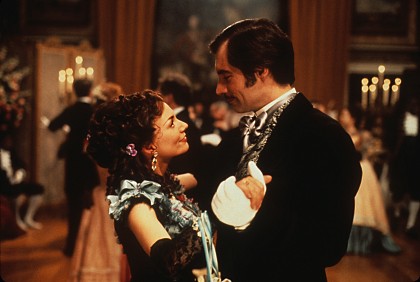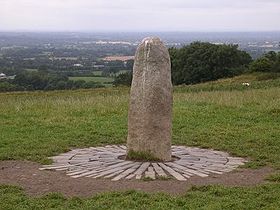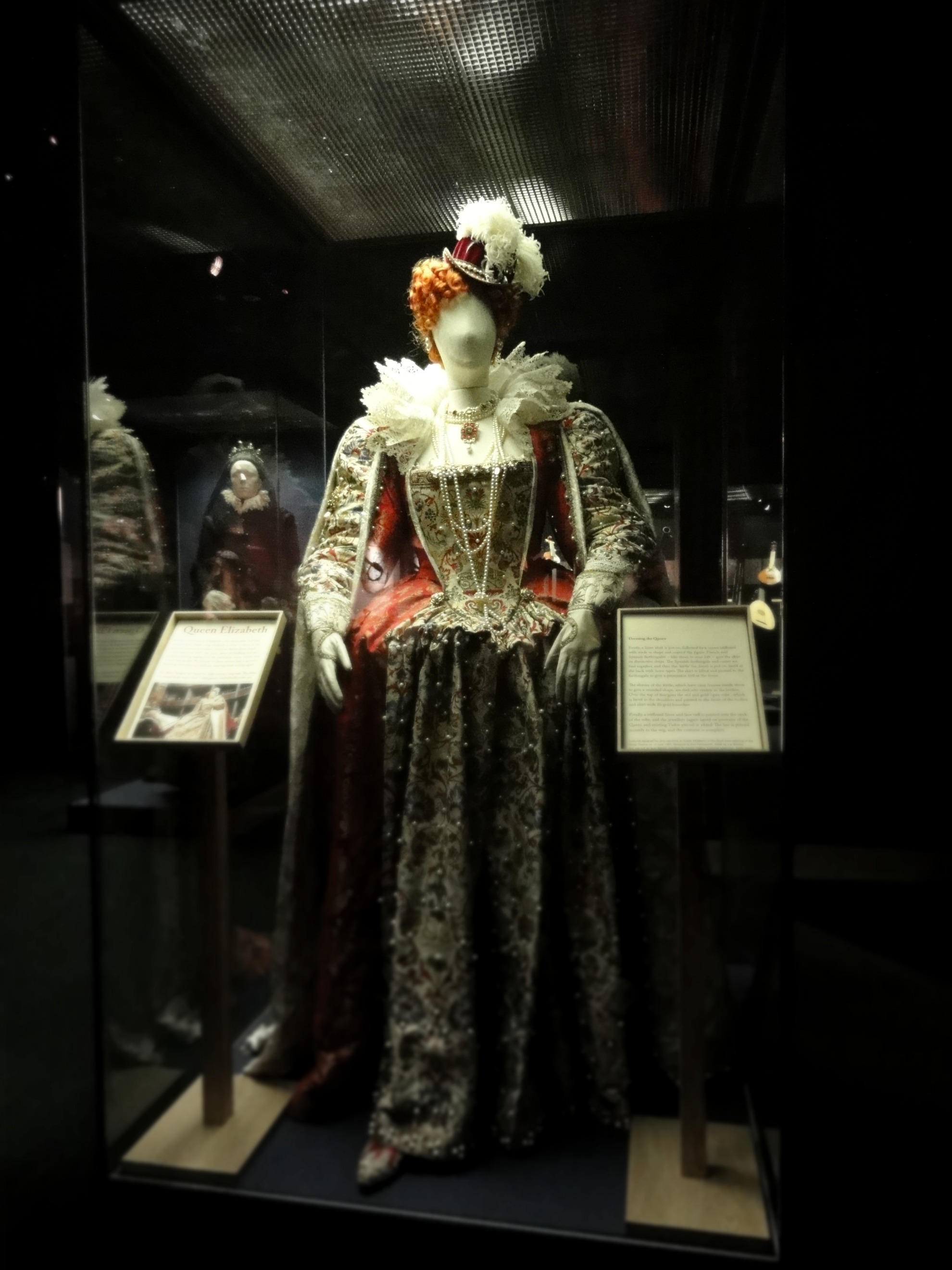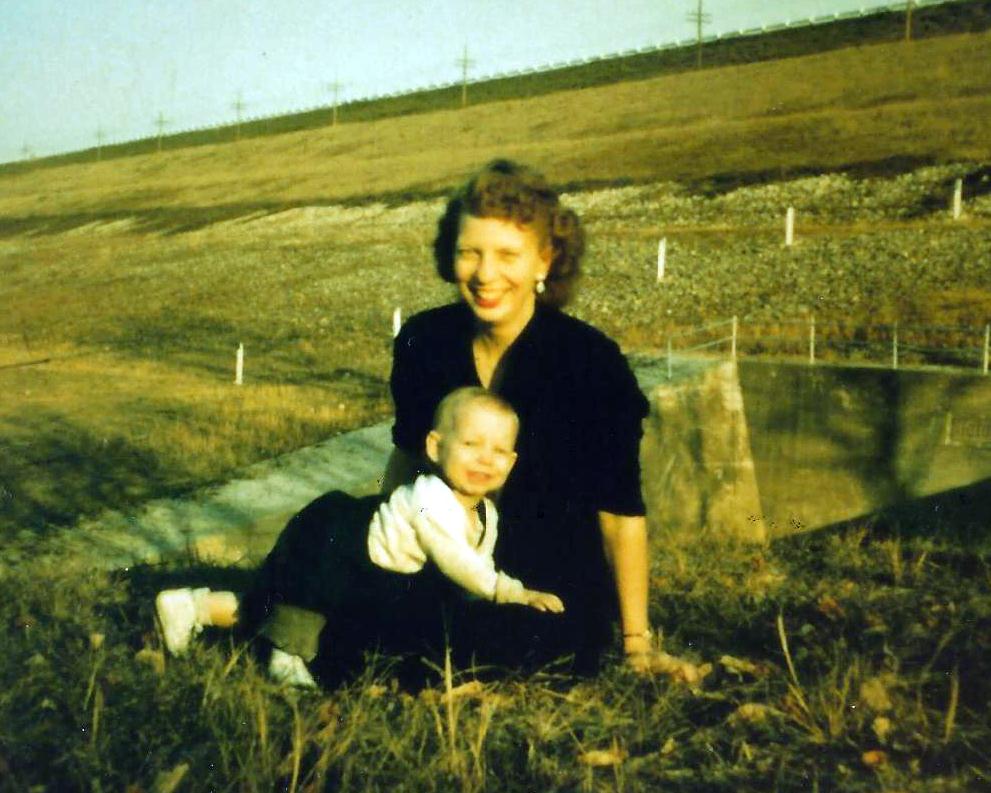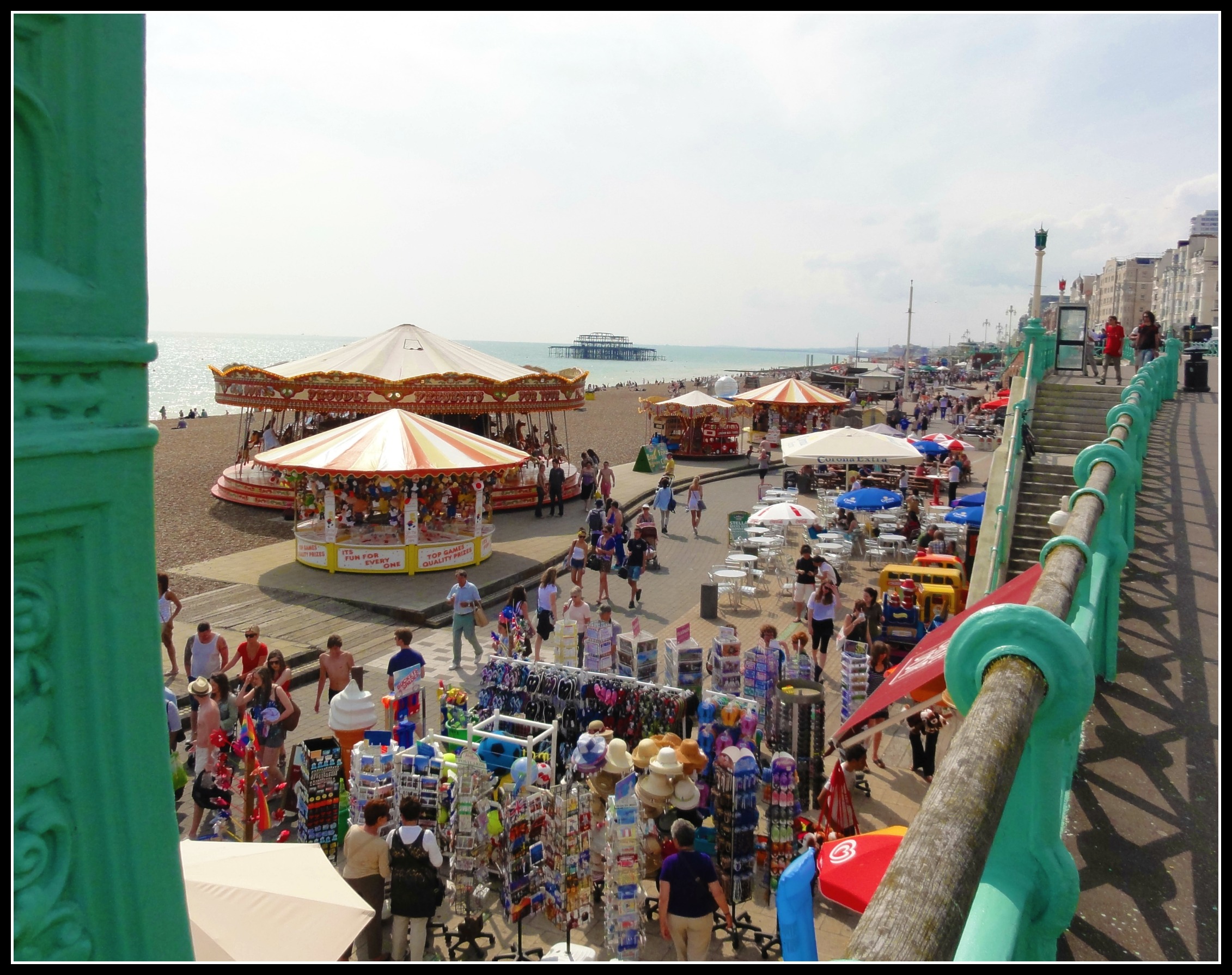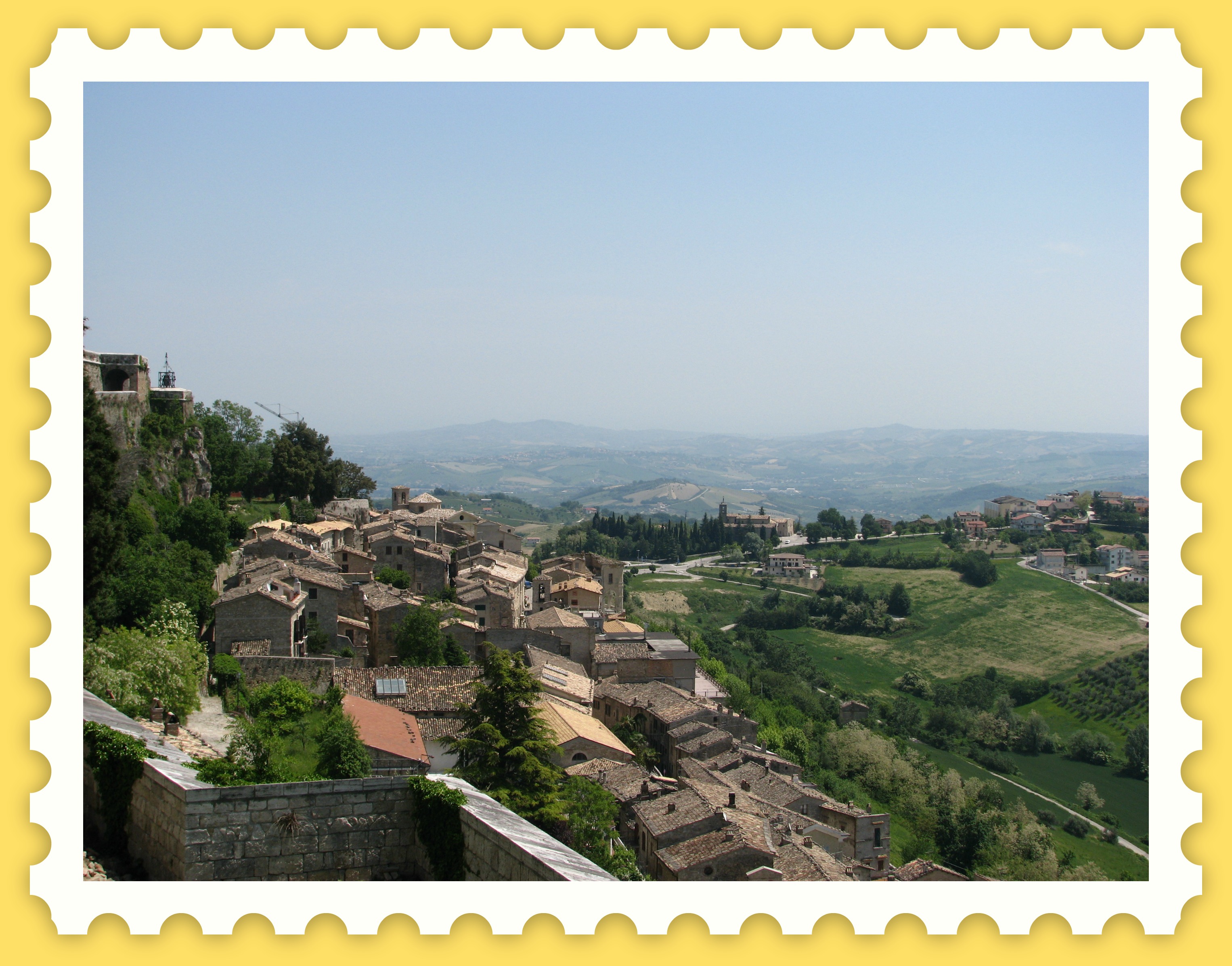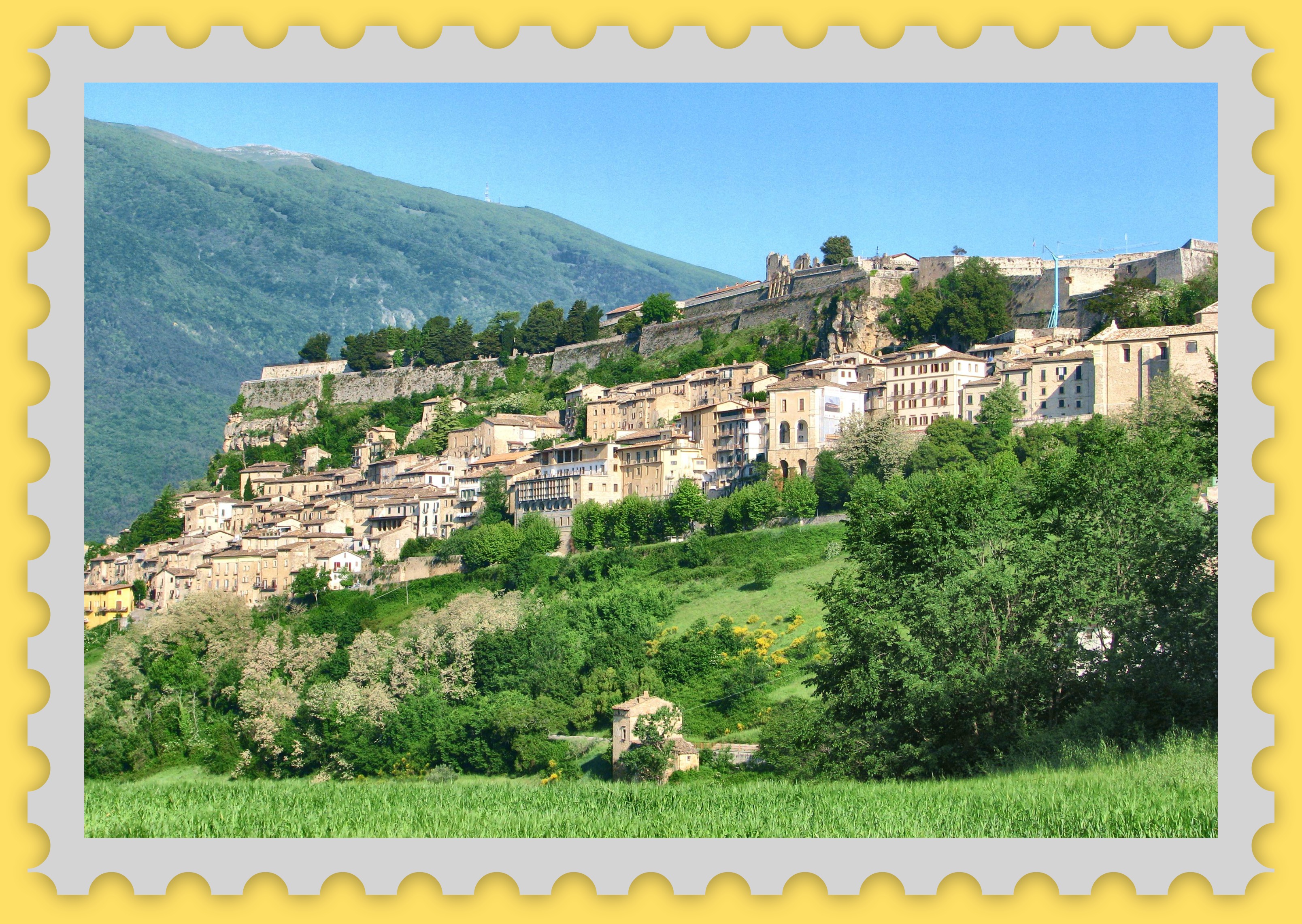For my very last post in the 31 Days Carnival, I leave you with my friend Michele. She and I are like twins separated at birth; we each got some of the traits, and we both have a lot of the traits. Somehow we know when to call each other, when we need to TALK — I’m sure you have friends like that too. I didn’t ever get around to showing you my stone circle photos from Stonehenge and Avebury, but I experienced a similar kind of spiritual call that Michele describes about her trip to Ireland. Maybe it’s a “mother country” thing; at least some of my heritage is English. 🙂 Anyway, enjoy Michele’s beautiful story and her photos. And comment! We all appreciate comment love.
This is a night that evokes spirits and ghosts, witches and fairies—it is All Hallow’s Eve or Halloween. There were many disadvantages in attending a small Catholic school in the middle of Michigan but on this most special night we had it made. November 1 was All Saints Day and for us it was a holy day which translated into a day off of school. Imagine being able to roam the neighborhood running as fast as your costume would allow and coming back home over and over to empty the pillowcase of goodies and then begin again knowing that the next day was a holiday. Yet, there was always the eerie reminder from Grandma, “Be so very careful tonight, for the veil is thin and strange things can happen.”
Not until I landed in Ireland and began exploring the ancient tombs and stone circles was I truly able to appreciate her primordial admonishments.

Image via Got My Reservations
Glebe House was the site of our honeymoon cottage. Built of stone with walls almost three-foot wide in spots, this manor house was chosen by serendipity. Wandering lost through tiny lanes and narrow dirt roads we ended up in the ruins of a famous monastery. Jet-lagged, exhausted and overwhelmed by a sense of “being home,” we asked the ticket taker where she would go if she were on her honeymoon. She excitedly pointed us in the direction of Glebe House where we were warmly welcomed by Elizabeth Addison and ushered up a staircase covered with purple carpet—I was enchanted.
Elizabeth shared that we were about three miles from one of the most important passage tombs in all of Ireland—Newgrange. This megalithic passage tomb dates from about 3,000 BCE and the base of this circular structure is completely lined by quartz.

Image via Got My Reservations
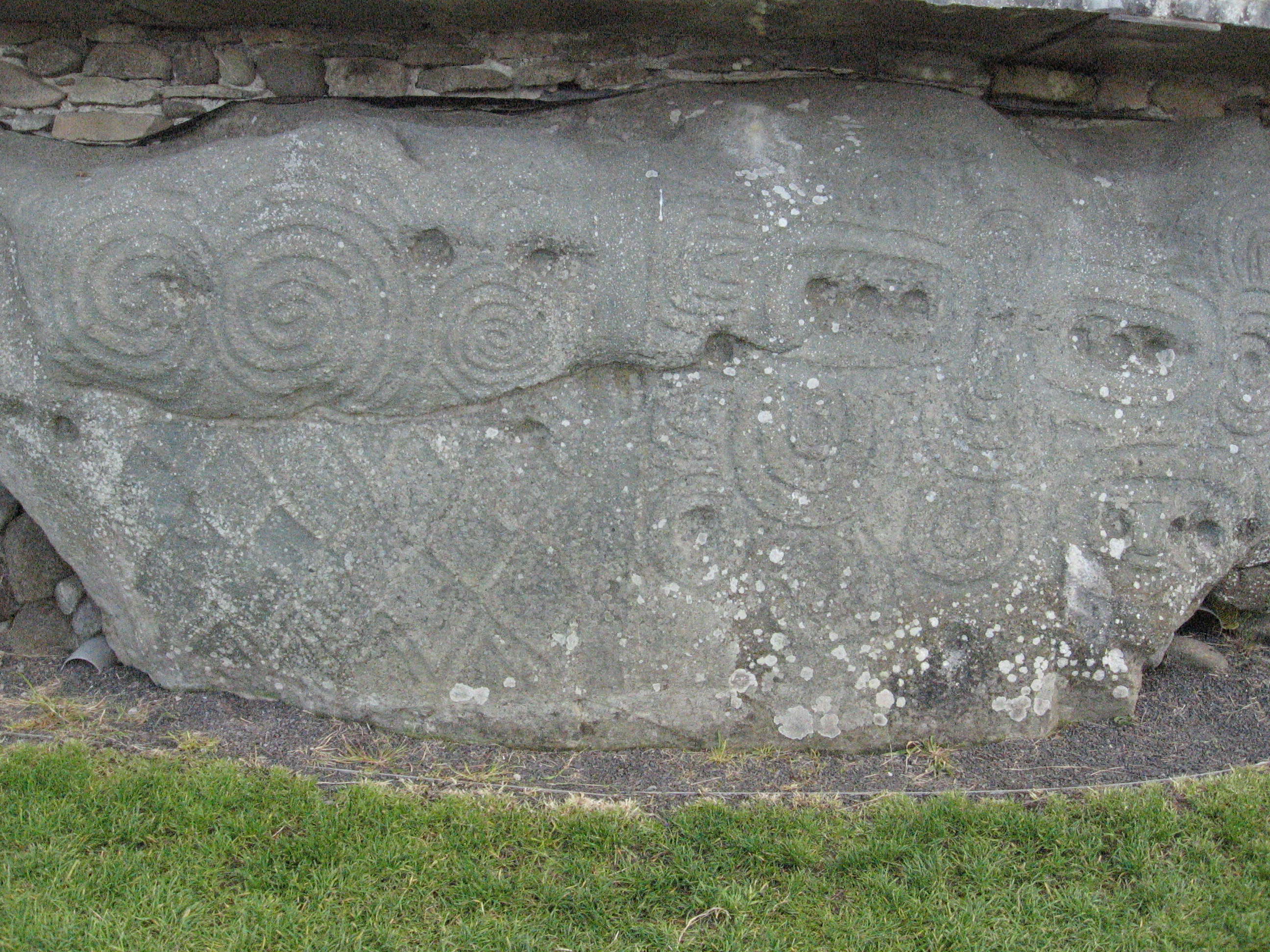
Image via Got My Reservations
It has a roofbox and is a cairn where it is thought that rituals were performed possibly to commemorate the dead. The classic passage tomb has a central gathering space and three side chambers of roughly equal size. At Newgrange there is also a window where the light shines though on Solstice and aligns with the center of the main chamber. The abilities of these ancient people in creating these stone wonders is amazing.
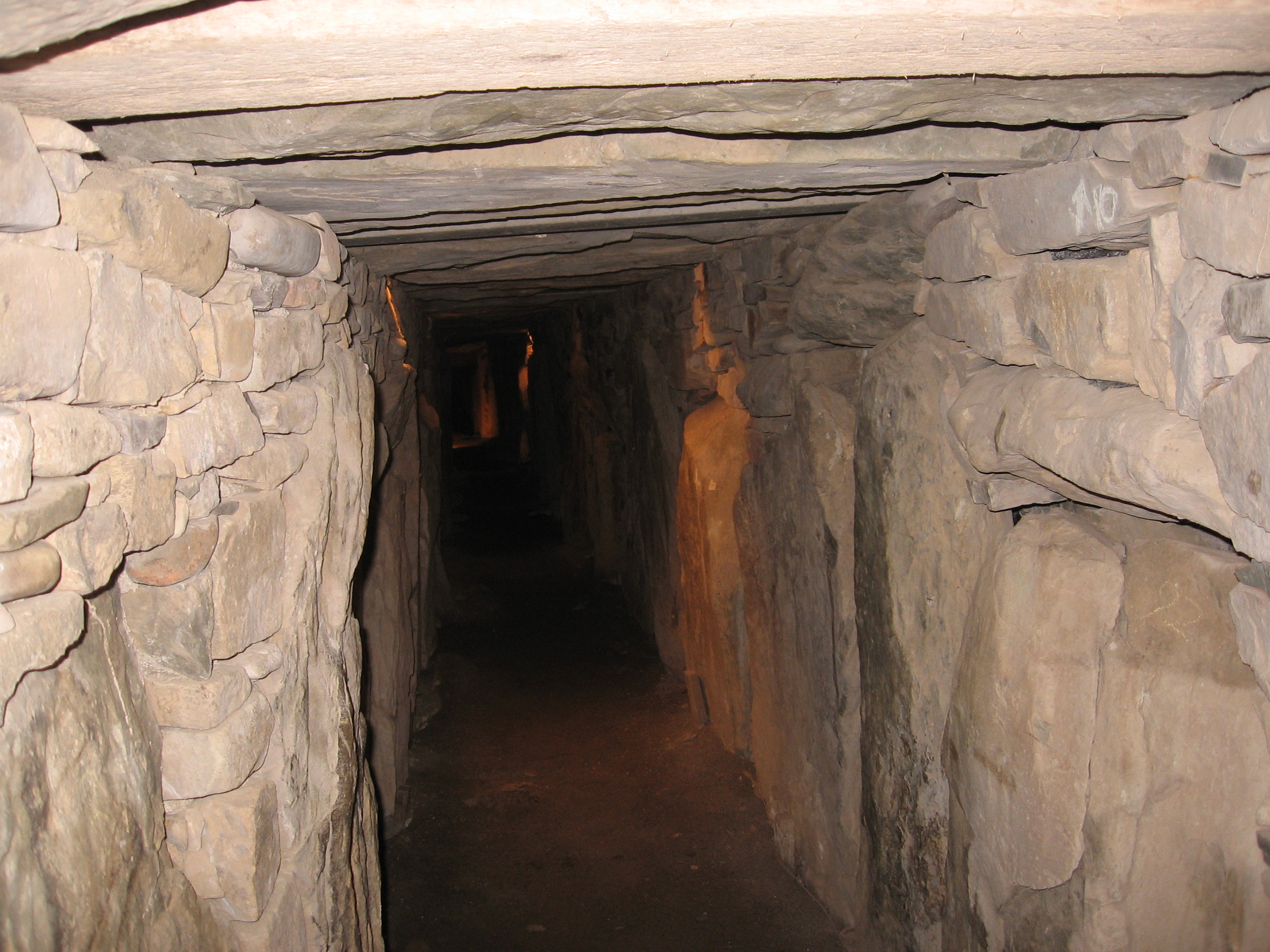
Image via Got My Reservations
But the best part of this first trip was that adjacent to Glebe House was a smaller, equally old, and unexcavated mound or burial tomb named Dowth. Further exploration consisted of hopping the fence and being alone with this little known monument. I was beginning to appreciate with a felt sense what it meant when Grandma said that the veil is thin.

Image via Got My Reservations
Fast forward to our 15th wedding anniversary that began, of course, with a trip back to Glebe House. Interestingly one of the other guests during our stay was on sabbatical. He was a researcher of stone circles and cairns and after fifteen years had been given permission to take exclusive pictures inside Newgrange. He was almost unable to sit down and paced back and forth making me crazy as he expended nervous energy. Wanting to engage him in conversation, I asked him about his favorite place with stones in Ireland. He looked perplexed and walked away. About two hours later he came out to the garden and said, “Carrowkeel.” I had no idea what this meant and it must have shown on my face. He said, “Well, it has taken me all this time to decide but that is my favorite spot in all of Ireland. Very few people know of it.” I was totally intrigued and asked for the directions. He mentioned a small town near Sligo on the west coast. “When you get to town you need to go to the village and go past the church, turn right on the dirt road and follow the signs even though it says the road ends. Just keep driving past the donkey rescue and drive until the road stops. Then get out of your car, find the path and walk about 30 minutes until you get to the top of the mountain.”
The next day we began the adventurous trek to locate Carrowkeel which was about a four-hour drive west and north. Our kind of vacation in Ireland is to drive until we find a wonderful house where we want to stay. This time we ended up in a little town whose name I can’t remember and found another wonderful manor house with a charming hostess.

Image via Got My Reservations
She told us she would be right back with tea and ushered us into the drawing-room where we were joined by another American couple about our age. After exchanging pleasantries, they revealed that the reason they were there was because they loved stone circles, dolmen and other stone cairns. Then they looked at each other with a conspiratorial whisper and said (NO, I am not making this up), “Carrowkeel.” I must have had that look of sheer astonishment again and they quickly said, “Well, almost no one knows about it. It is on this very small lane just past the church on a dirt road.” I couldn’t resist and I hopped in, “Oh, the road that goes just past the donkey rescue and looks as if it will end but you just keep driving,” I said. They became giddy with excitement. “Then you must have been there. Isn’t it magnificent?” they chimed together. For once, I just smiled but the synchronicity didn’t escape us.

Image via Got My Reservations
The next day we made the trip to Carrowkeel, which is the only passage tomb besides Newgrange with a roof box but there was something totally different at this spot. No one was there! After driving to this little known location and climbing to the top of the mountain we could access the landscape in every direction. About forty cairns dotted the space and the energy of this primeval space was palpable. The tombs were accessible and we decided to climb inside. It was there that I truly experienced what my Grandma had cautioned about many years before. Indeed, if you look, you can almost recognize that this is a place where the veil is thin and strange things might happen. Especially when it is the eve before the Saints convene.
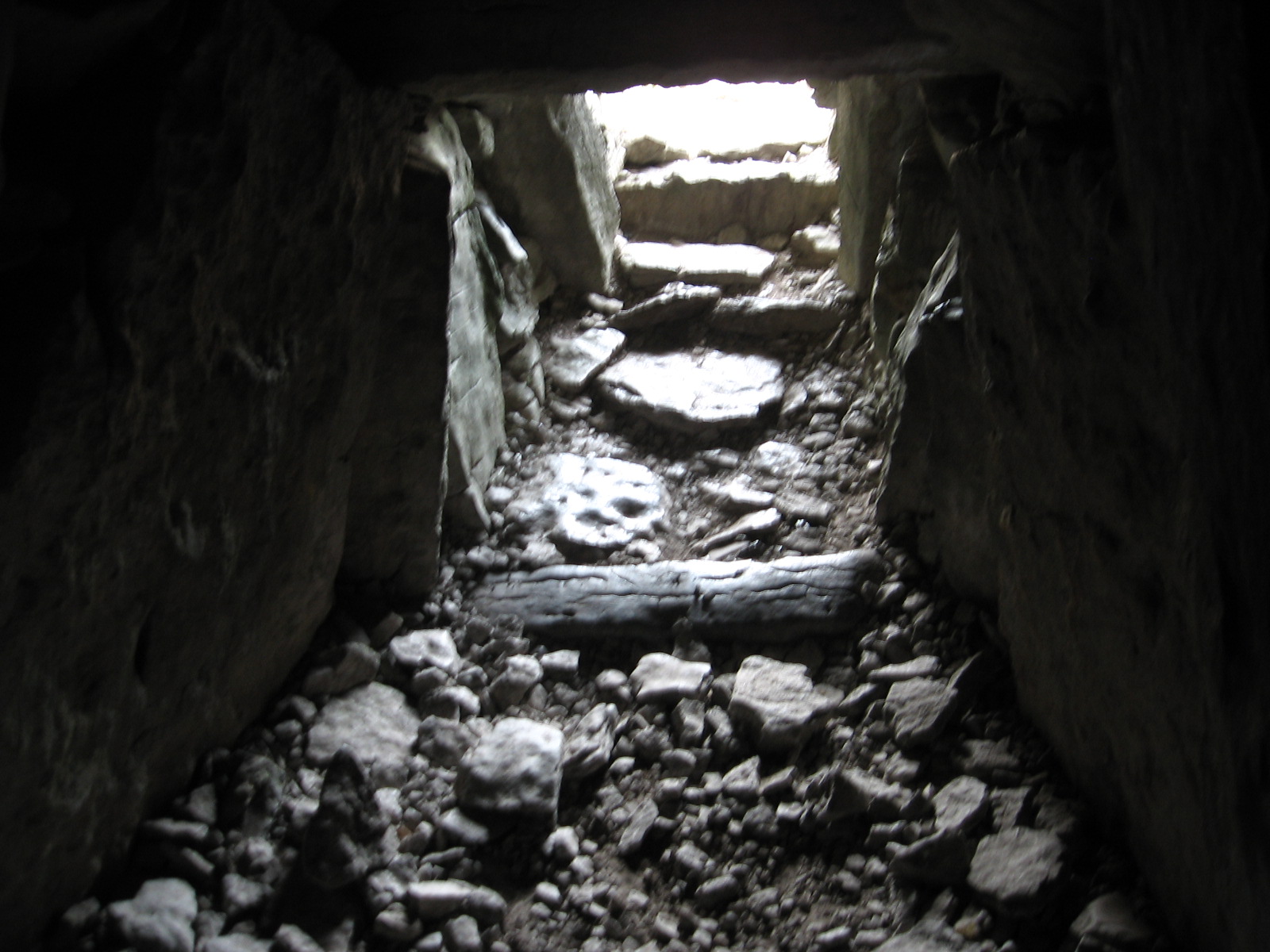
Image via Got My Reservations
We really do love our rocks and for a total non sequitur this picture is for Jennie’s husband who mentioned that he thought he remembered we went to see the big rock (Uhluru or Ayer’s Rock) in Australia….yes, it is rather large and also a place where the veil is thin.

Image via Got My Reservations
As a final non sequitur, I have to say that this whole story reminds me of those fabulous Outlander books where Claire passed through at the stone circle. Who besides me has read all of them?












